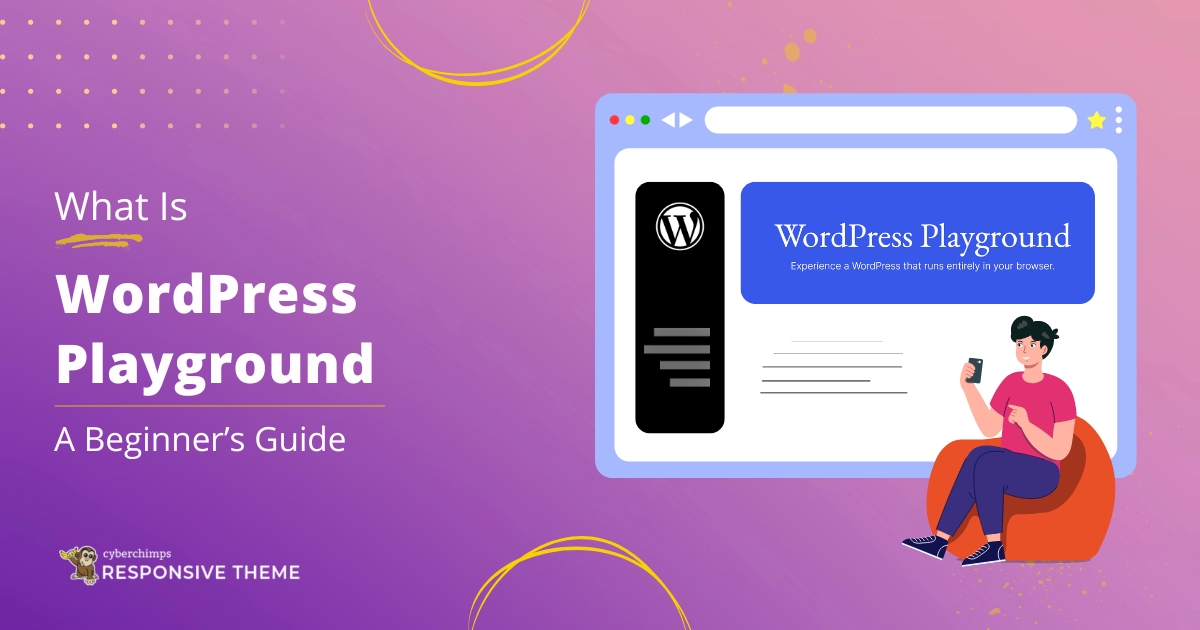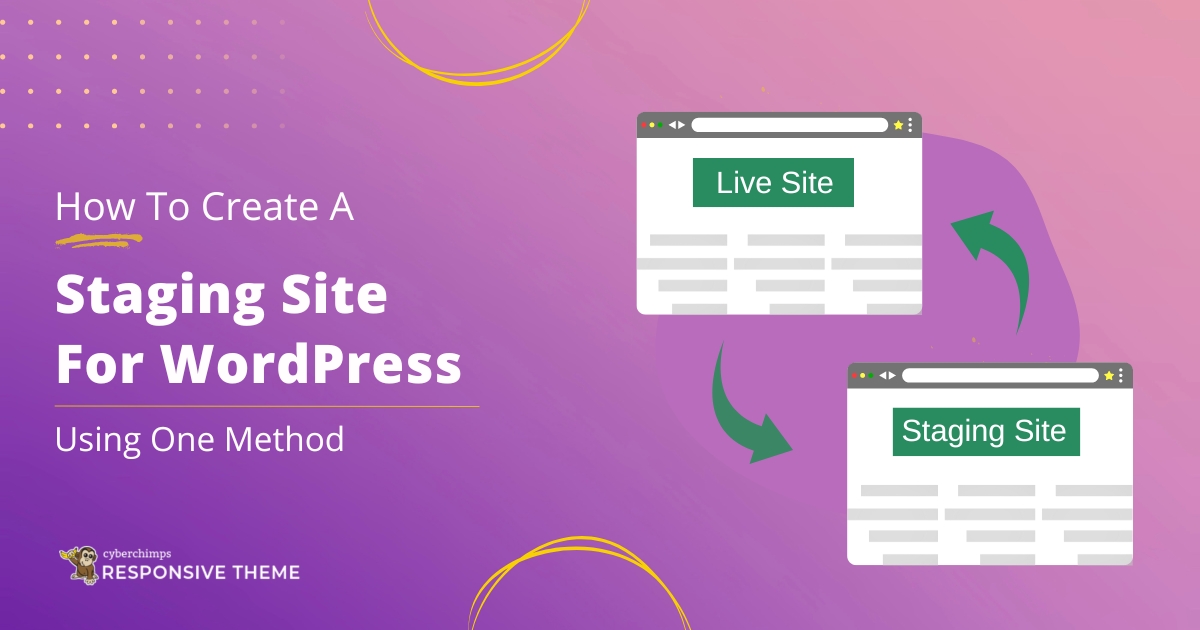Gutenberg – the word has quite a ring to it, doesn’t it? But don’t worry, it’s nothing serious like a war novel or something. It’s actually the new WordPress editor that’s slated to replace the current one (TinyMCE), and add many revolutionary features to boot. It is named after Johannes Gutenberg, the man who invented the printing press. A nice play on concept, isn’t it?
There is a lot of anticipation surrounding the Gutenberg editor. It will be introduced into WordPress 5.0. At the moment, this editor is still under development to make it more compatible with other WordPress features, but it has been released as a plugin.
What’s Special About the Gutenberg Editor?
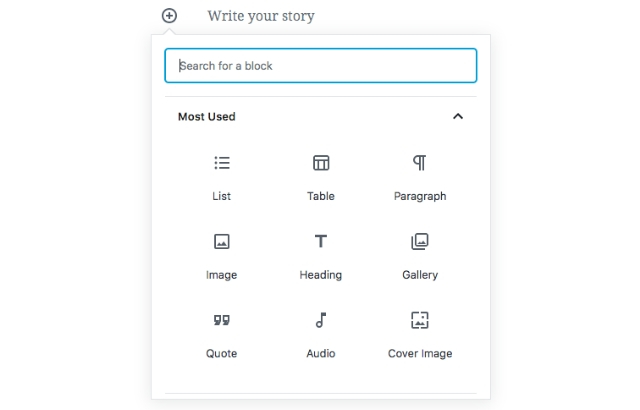
The main characteristic of the Gutenberg that sets it apart from the TinyMCE is that it will equip every updated WordPress website page page-builder and content-block functionalities. It will function on more than just content creation; it will let users create customized page layouts.
The man who started it all, Matt Mullenweg, is also the one behind this momentous development. About the Gutenberg he says, “The Gutenberg will make is easier than ever to write content-rich posts. The ‘blocks’ will replace all the custom HTML, shortcodes, ‘mystery meat’ embed discovery; the new post-builder and page-builder experience will make content development seamless.”
What’s the Gutenberg All About?
The biggest highlight of the Gutenberg is definitely the ‘content blocks’ and ‘embeds’. The reason behind this, as Matt has said himself above, is because it will let people add all content – head, title, body – and embed media like images and videos (from social media accounts) at the click of a single button. There will be no need for shortcodes or other forms of coding. It will be a comprehensive and easy-to-use interface.
What are Gutenberg blocks and embeds?
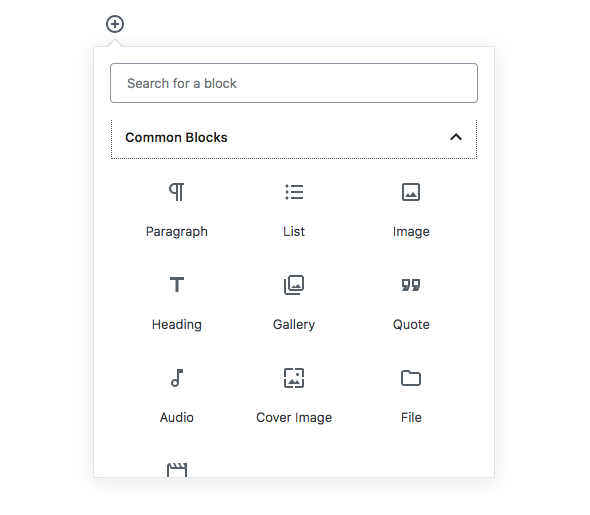
| Common Blocks | Formatting Blocks | Layout Blocks | Widgets |
|---|---|---|---|
| Heading | Preformatted | Separator | Latest Posts |
| Paragraph | Code | Button | Categories |
| Quote | Pull code | Text Colums | Shortcode |
| List | Table | More | |
| Image | Custom HTML | ||
| Cover Image | Custom Text | ||
| Gallery | Verse | ||
| Video | |||
| Audio |
As for the embed feature, you can use it for a long list of social networks. For instance –
- WordPress
- YouTube
- Soundcloud
- Spotify
- Vimeo
- Hulu
- Imgur
- Photobucket
- Meetup
- Polldaddy
- Tumblr
- TED
- ReverbNation
- Smugmug
- Vine
- DailyMotion
- Scribd
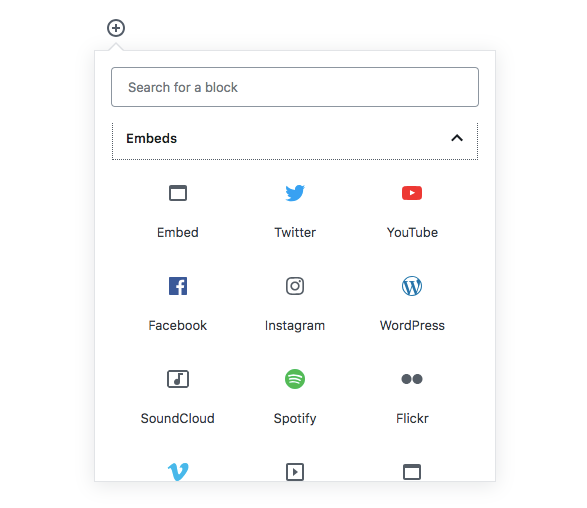
And that’s not even the entire list!
From the looks of it, the Gutenberg editor is quite the innovation, a big step forward compared to the current editor. But like two sides to every coin, this one is also bound to have some drawbacks and some benefits.
Advantages and Disadvantages of the Gutenberg Editor
Would you like the good news first or the bad news? Well, it’s not really bad bad news, but it’s always nice to save the best for later.
Drawbacks
- There is still a lot of mystery surrounding the way Gutenberg will affect old posts and pages that have been created in the TinyMCE editor. There is expected to be some compatibility issue, at least in the beginning, but no one knows the exact scenario at the moment. The good news is that Gutenberg is in the beta phase and is undergoing a lot of testing and improvements. This means that the team is trying their level best to ensure that old posts and pages are not adversely affected by the new editor, and can be managed in it seamlessly.
- At the moment, the Gutenberg plugin doesn’t support meta boxes. Meta boxes are extremely important for quality SEO, and a lot of popular plugins like Yoast and JetPack cannot function without meta boxes. But again, the ongoing testing and beta phase are expected to correct this issue.
And now for some good news.
Advantages
- If you want to check how far along the plugin has come, head to the Gutenberg Plugin Compatibility Database. If you are a WordPress wiz, then you can try out your hand in the development process by lending some expertise or opinion.
- The most talked-about feature of the Gutenberg are the content blocks, site builder and other smart features that will allow everyone to create beautiful, well-structured, content-rich WordPress pages from scratch, irrespective of WordPress expertise. You don’t have to stop creating content to write shortcodes or insert images and text; the editor will do everything for you once you drag and drop what you want.
- The Gutenberg is completely compatible with the Advanced Custom Fields plugin. As the name suggests, this plugin is used to add custom fields to the editor page to customize the layout of the webpage.
iv. The current WordPress editor does not offer as much space to write as Gutenberg will, partly because of the ‘Post Settings’ toolbar at the right hand side. The Gutenberg will give you the option of collapsing this toolbar, thereby freeing up space. It is also designed to provide more writing area to begin with. This is particularly useful for mobile users, and also great for laptops.
The primary buzz surrounding the Gutenberg plugin is about the level of customization and consistency it will offer sites for creating their webpages. The templates will be comprehensive, allowing business and marketing websites create pages that are brand-specific and memorable.
The Gutenberg is definitely going to impact the WordPress community as a whole; but how will it affect web developers and designers, who are actively involved in the technical side of things? Let’s take a look.
Impact of Gutenberg on Marketers, Designers and Developers
- Gutenberg allows users to blend multimedia with their content very easily, quickly, and seamlessly; something that the old editor was notorious for not doing. The content blocks embed media and content within themselves, thus not affecting the other elements on that page.
- As opposed to the straightforward right, left, top, bottom and no alignment optionsGutenberg let’s users place media smartly. It has taken into consideration multiple factors like screen size, resolution, responsiveness, to align content for the best user experience.
- There will be a level of consistency in design and development. The overall layout of the Gutenberg, especially the content blocks and page builder features will allow for a steady course. This is also great for brand-conscious websites.
There is always the risk of becoming repetitive or monotonous, but that’s where creativity will come in, especially for marketers.
Parting Thoughts
Check out the Gutenberg plugin if you have WordPress 4.8 or higher and a burning curiosity to see it for yourself. Don’t panic; the editor is still under development and is expected to make a lot of improvement before its rolled out. Forecasts expect it to be adopted across WordPress popularly, and soon too.

